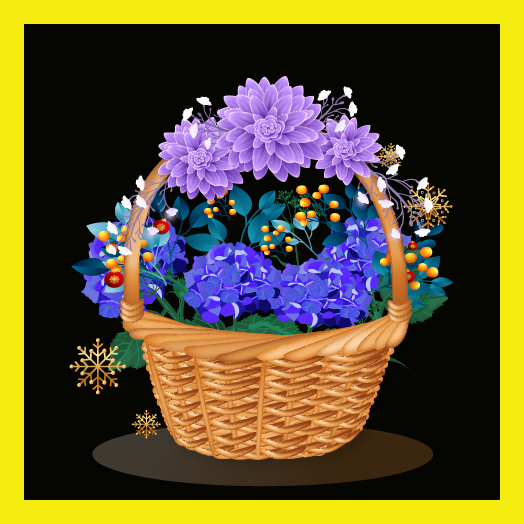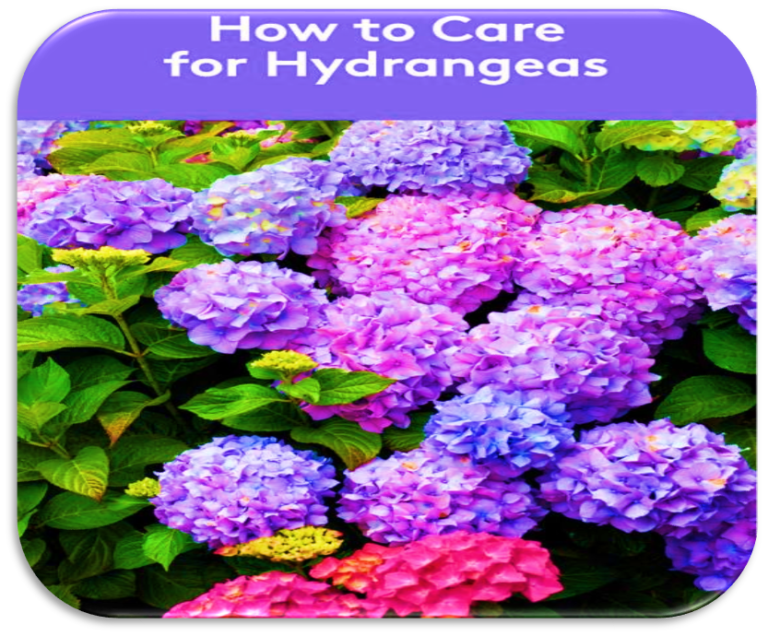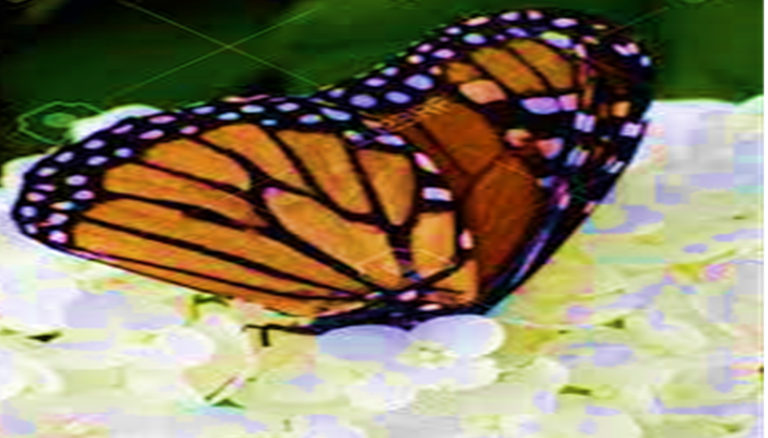Why Do Hydrangeas Attract Hummingbirds
Hydrangeas are an excellent addition to any garden or wild yard, offering both vibrant colours and a nectar source. These resilient and low-maintenance plants come in various native variations across the continent. By planting hydrangeas, you can enhance the overall aesthetic of your garden and proudly display their beauty.
One compelling Butterflies are particularly fond of hydrangeas, with Pink Diamond and Lacecap variations especially appealing to them.
According to some anecdotal data, hummingbirds may prefer visiting hydrangeas, although this is still up for discussion. Hummingbirds typically prefer highly colourful plants and flowers, and it’s worth noting that hydrangeas can change their colour depending on the soil’s acidity.
So, while there is a possibility that hydrangeas attract hummingbirds may occasionally visit hydrangeas, their preference lies in more colourful options.
Hydrangeas are a popular choice among gardeners in the US due to their vibrant appearance, pleasant fragrance, and ability to attract various creatures to the yard. However, the topic of whether hummingbirds enjoy hydrangeas arises.
Hydrangeas attract hummingbirds, who can use them as a vital supply of nectar. However, the amount of nectar that different hydrangea species give may vary. While hydrangeas may possess visual and olfactory appeal, they don’t consistently fulfil the expectations they create for pollinators.

Are hydrangeas the optimal choice for attracting hummingbirds?
While hydrangeas can provide nectar to pollinators, some varieties are sterile and therefore not frequented by hummingbirds once they realize they cannot feed from them.
Research has shown that hydrangeas that attract bees and wasps do not necessarily need to produce nectar. However, the content of the flowers plays a crucial role in ensuring repeated visits from animals.
For instance, hydrangea types such as mopheads are unlikely to attract hummingbirds as they have minimal pollen or nectar to offer visiting creatures.
While it is perfectly acceptable to plant hydrangeas for their visual appeal and expect occasional wildlife activity, you are more likely to regular visits from hummingbirds with plants such as hibiscus, impatiens, bee balm, lupines, and petunias. Hummingbirds also show interest in Mandevilla and other colourful vine plants that thrive in USDA zones 10 and 11.
Attracting Hummingbirds to Your Garden with Hydrangeas
Numerous hydrangea species are known to attract hummingbirds. Their primary attractions are vibrant colours, nectar-rich blooms, and easily accessible flowers. If your hydrangeas possess these qualities, you can expect regular visits from these delightful birds. However, it’s important to note that sterile hydrangeas, such as mopheads, won’t pique the interest of hummingbirds.
Certain Hydrangeas are Hummingbird Magnets Let’s delve deeper into what specifically hydrangeas attract hummingbirds to plants. While we’ll explore this topic in detail shortly, the essence is that specific hydrangeas can captivate hummingbirds in your garden.
Hummingbirds have a penchant for vivid colours, as well as pollen and nectar. Therefore, if your hydrangeas offer these enticing features, hummingbirds will become frequent guests in your yard.
While most hydrangeas are visually appealing, some can be deceiving to pollinating creatures. These varieties may look and smell delightful but lack any pollen or nectar. Mophead hydrangeas fall into this category, and hummingbirds will quickly learn to avoid them. If you wish to attract these beautiful creatures to your garden, it’s best to steer clear of mophead hydrangeas. On the other hand, oakleaf hydrangeas boast showy blooms and nectar, making them a favourite of hummingbirds. The type of hydrangea you choose to plant will determine their attraction.
Why Do Hydrangeas Attract Flies?
Tubular Flowers
Understanding Hummingbirds’ Attraction to Plants Tubular Flowers If you examine a hummingbird closely, you’ll notice its needle-shaped bill, longer than that of most other birds. Consequently, they prefer flowers with elongated tubular shapes, which are easier for them to access using their long bills. Flowers with different shapes generally hold less appeal for hummingbirds. Furthermore, since hummingbirds cannot walk or hop like most birds, they are more attracted to areas that provide ample space for proper hovering during feeding.
Bright Colors
Bright Colors Interestingly, hummingbirds lack a sense of smell but possess excellent colour vision. They are naturally drawn to bright red, purple, or pink flowers, hence their attraction to certain hydrangeas. If your plants exhibit vibrant colours and have tubular flowers, they are highly likely to attract hummingbirds.
When Flowers Bloom
Flowering Season Hummingbirds undertake significant migrations each year. They typically arrive in the spring after their adventures and may depart as early as mid-July. If your flowers bloom outside of these dates, they may be less appealing to hummingbirds.
Where Flowers Are Native To
Native Habitat Hummingbirds spend their winters in Central America or Mexico and migrate north to the Southern USA and the Western States in the spring. Hummingbirds typically find these local flowers more alluring than those from Europe, Africa, or Asia.
Avoid Pesticides
One vital point must be kept in mind if you wish to encourage hummingbirds to build nests and rear their young in your garden. Hummingbird babies receive protein in the form of insects from their mothers to support their growth. They consume a substantial amount of insects. Therefore, it’s best to avoid using pesticides on your flowers to prevent inadvertently poisoning these baby hummingbirds.
Hummingbird Feeders
A dedicated hummingbird feeder can undoubtedly attract these birds to your garden. Try to keep your feeders as far apart as you can from one another if you have more than one. The feeder should preferably be situated in a shaded location. Making your hummingbird nectar is easy. One cup of sugar should be added to four glasses of boiling water and stirred until it dissolves. Allow it to cool before placing it outside. Remember not to leave the nectar out for too long. Replace it every three to four days if it hasn’t been completely consumed, or even more often in warmer weather (90 degrees Fahrenheit or more). Attracting hummingbirds to your feeder may take a few weeks, but the reward is well worth it!
Music
The Potential Influence of Music on Attracting Hummingbirds
Although I have yet to personally experiment with this method, I came across an intriguing idea shared by someone claiming that playing music imitating the chirping sounds of hummingbirds helped draw them to their yard.
It seems reasonable to give it a try and see whether it produces favourable outcomes, especially given the little risk involved!
What Plants Do Hummingbirds Like?
From the previous compilation, you’ve likely gained a good understanding of the plants that have a magnetic pull on hummingbirds.
Salvias, mainly black and blue varieties, are highly adored by hummingbirds. Their vibrant tubular blossoms not only entice hummingbirds but also attract numerous bees, creating a double bonus. Additionally, salvias are resistant to deer and rabbit damage, and their tolerance to heat and drought makes them quite resilient.
Hummingbirds find trumpet vines irresistible. These plants offer an abundance of nectar and display striking, bright-coloured blooms. Moreover, the shape of the trumpet vine’s flowers perfectly accommodates hummingbirds for feeding. Growing them is also a hassle-free experience.
Hibiscus, with its large and colourful flowers, proves to be another hummingbird-friendly choice. These blooms produce ample sweet nectar and emit a delightful fragrance.
Fuchsias rank among the hummingbird’s favourites as well. They boast plentiful nectar and feature vibrant orange-red blossoms. The shape of the fuchsia’s flowers aligns perfectly with the length of a hummingbird’s beak, making it an ideal match.
Several other flowers have the power to captivate hummingbirds, including the Mexican sunflower, pineapple sage, blue boa Agastache, Acapulco Agastache, purple malva, cleome, honeysuckle, bee balm, daylilies, and numerous others.
Is it worth planting hydrangeas in my wildlife garden?
Despite the mixed success of hydrangeas in terms of pollen and nectar, they can still bring colour and fragrance to your garden space. You may observe occasional hummingbird visits as well.
There are more dependable plants and blooms you may grow if you want to guarantee the presence of hummingbirds and butterflies, bees, wasps, and other pollinators.
Can hummingbirds walk? No … they can only fly

Hummingbirds have the amazing capacity to beat their wings as quickly as 55 times per second. This rapid wing movement creates a distinctive “humming” sound and gives the appearance of blurred wings. It’s worth noting that can hummingbirds walk are the only bird species capable of flying backwards and even upside down, showcasing their exceptional aerial skills.
While hummingbirds are not adept at walking or hopping like some other bird species, they can perform a shuffle-like movement around a feeder using their short legs. However, it’s crucial to remember that they rely more on flying than ground-based mobility and that their legs are not very powerful.
Hummingbirds have evolved distinct flight-related characteristics that allow them to hover and move around in the air with remarkable dexterity. While they are exceptional flyers, can hummingbirds’ walks are not designed for walking or walking-like movements on the ground. Hummingbirds have relatively small legs and feet that are better adapted for perching on branches or other surfaces, in contrast to certain other bird species that can walk or hop on their feet.
Their legs are further from their bodies’ centres, which reduces their ability to walk on the ground but increases balance and manoeuvrability in flight. Hummingbirds use their wings to navigate, hover, and get to food sources like nectar-producing flowers instead of utilising their legs to move about.
Final Thoughts:
Hummingbirds exhibit a solid attraction for hydrangeas due to the abundant nectar-filled flowers they bear, rendering them a favoured selection for gardeners seeking to allure these exquisite avian creatures. Given that the hydrangeas are situated in a climate conducive to their growth and are complemented by other plants known to captivate hummingbirds, rest assured that the garden will receive frequent visits from these delightful birds.
Do hydrangeas attract hummingbirds? The answer is yes, indeed, most hydrangeas do. However, the determining factors lie in their colour and nectar content.
If the hydrangeas display vibrant shades of purple or pink and are not sterile varieties like mophead hydrangeas, then they are likely to entice these delightful birds to flock towards them.
Hummingbirds have a strong affinity for bright colours and, naturally, seek a reward when visiting a flower.
They also tend to prefer tubular flowers, which are easier to access and feed from.
In addition to hydrangeas, there is an abundance of other flowers that are highly appealing to hummingbirds. Some of our favourites include salvias, fuchsias, and trumpet vines.
By planting these flower varieties and incorporating a hummingbird feeder in your yard, you can create a true haven for these enchanting creatures!
While planting the appropriate flowers is a crucial aspect of creating an enticing habitat for attracting hummingbirds, there is another essential element: the hummingbird feeder! During the peak of the Texas migration in late August and early September, a notable shift occurs as hummingbirds begin to share feeders, which is uncommon during the summer when defending a feeder is the norm. can hummingbirds walk no they can only fly.
FAQ’S
The nectar-producing blooms with vibrant, tubular-shaped blossoms that are red, orange, or pink in colour are what hummingbirds are most drawn to. Sugar-water combinations that resemble natural nectar are frequently used to draw them to feeders. Places with a variety of perches, access to water, and native plants that provide cover and insect food sources are attractive to hummingbirds.
Hydrangeas do not typically have a strong fragrance. Although certain kinds may have a light fragrance, this is typically not seen of as their defining characteristic.
Hydrangeas symbolize various meanings, including gratitude, heartfelt emotions, understanding, and grace. They can also represent abundance and prosperity.
Hydrangeas are not known to be a preferred plant for attracting hummingbirds. While some hummingbirds may occasionally visit hydrangeas for nectar, they are typically more attracted to tubular flowers with bright colours.




